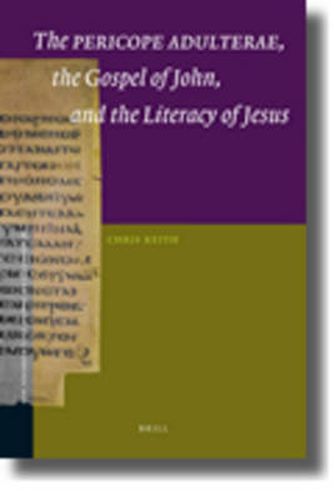Readings Newsletter
Become a Readings Member to make your shopping experience even easier.
Sign in or sign up for free!
You’re not far away from qualifying for FREE standard shipping within Australia
You’ve qualified for FREE standard shipping within Australia
The cart is loading…






Although consistently overlooked or dismissed, John 8.6, 8 in the Pericope Adulterae is the only place in canonical or non-canonical Jesus tradition that portrays Jesus as writing. After establishing that John 8.6, 8 is indeed a claim that Jesus could write, this book offers a new interpretation and transmission history of the Pericope Adulterae. Not only did the pericope’s interpolator place the story in John’s Gospel in order to highlight the claim that Jesus could write, but he did so at John 7.53-8.11 as a result of carefully reading the Johannine narrative. The final chapter of the book proposes a plausible socio-historical context for the insertion of the story.
$9.00 standard shipping within Australia
FREE standard shipping within Australia for orders over $100.00
Express & International shipping calculated at checkout
Stock availability can be subject to change without notice. We recommend calling the shop or contacting our online team to check availability of low stock items. Please see our Shopping Online page for more details.
Although consistently overlooked or dismissed, John 8.6, 8 in the Pericope Adulterae is the only place in canonical or non-canonical Jesus tradition that portrays Jesus as writing. After establishing that John 8.6, 8 is indeed a claim that Jesus could write, this book offers a new interpretation and transmission history of the Pericope Adulterae. Not only did the pericope’s interpolator place the story in John’s Gospel in order to highlight the claim that Jesus could write, but he did so at John 7.53-8.11 as a result of carefully reading the Johannine narrative. The final chapter of the book proposes a plausible socio-historical context for the insertion of the story.